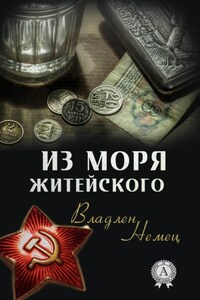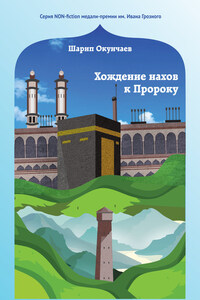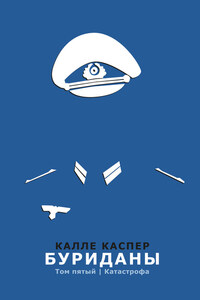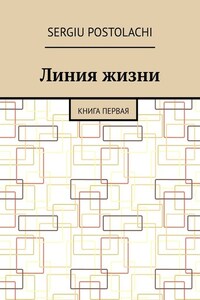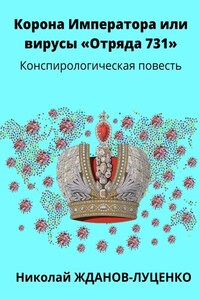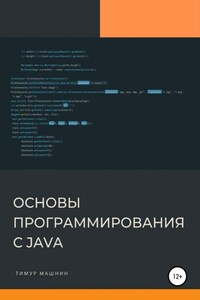Harper
An imprint of HarperCollinsPublishers
1 London Bridge Street
London SE1 9GF
www.harpercollins.co.uk
First published by HarperCollinsPublishers 2015
Copyright © Bruce Holsinger 2015
Bruce Holsinger asserts the moral right to be identified as the author of this work
Map of London & Southwark © Nicolette Caven 2015
Cover layout design © HarperCollinsPublishers 2015
Lettering by Stephen Raw
Cover images © Shutterstock.com (textures)
A catalogue record for this book is available from the British Library
This is entirely a work of fiction. Any references to real people, living or dead, real events, businesses, organizations and localities are intended only to give the fiction a sense of reality and authenticity. All names, characters and incidents are either the product of the author’s imagination or are used fictitiously, and their resemblance, if any, to real-life counterparts is entirely coincidental.
All rights reserved under International and Pan-American Copyright Conventions. By payment of the required fees, you have been granted the non-exclusive, non-transferable right to access and read the text of this e-book on-screen. No part of this text may be reproduced, transmitted, down-loaded, decompiled, reverse engineered, or stored in or introduced into any information storage and retrieval system, in any form or by any means, whether electronic or mechanical, now known or hereinafter invented, without the express written permission of HarperCollins e-books
Source ISBN: 9780007493364
Ebook Edition © FEBRUARY 2015 ISBN: 9780007493340
Version 2015-05-29
And in the autumn of that year, in the village of Desurennes, a company came from the woods with small guns of iron borne in their hands, and laid great waste to the market, to the wares and those who sold them along the walls, and in the eyes of God made wondrous calamity with fire and shot.
Le Troisième Chronique de Calais, entry for year 1386
The word handgun enters the English language in the final decades of the fourteenth century. The compound noun first appears in an inventory record from the Tower of London, occurring at the end of the phrase ‘iiij canones parue de cupro vocate handgonnes’ (‘four small copper cannon, called handgonnes’). These medieval handgonnes were metal tubes packed with gunpowder and fired with a burning coal or cord, a far cry from the sophisticated pistols and rifles found in modern arsenals. Yet across Europe, these decades witnessed unprecedented innovation and experimentation in the development of small arms, as gunpowder weapons grew increasingly portable, efficient, and thus terrifying. The emerging use of handgonnes on the battlefields of Europe, as well as their appearance in civilian contexts, marked a crucial technological shift in the development of weaponry – as well as a subtle but profound transformation in the long history of human atrocity.
The water seeped past, groping for the dead.
It was early on an Ember Saturday, and low down along the deepest channel in London Alan Pike braced for a fall. He sucked a shallow breath as beside him his son moved through the devilish swill. The boy’s arms were thin as sticks but lifted his full spade with a ready effort, even a kind of cheer. Good worker, young Tom, a half knob shy of fourteen, reliable, strong, uncomplaining, despite all a gongfarmer has to moan about – and that’s a heavy lot it is, down here in the privy channels, moving the foul of thousands, helping the city streams breathe easy. Tom filled another bucket and hefted it to one of the older boys to haul above for the dungcart. From there it would be wheeled outside the walls, likely to feed some bishop’s roses.
Night soil, the mayor’s men primly called it, though it had commoner names. Dung and gong, fex and flux, turd and purge and shit. Alan Pike and his crew, they called it hard work and wages.
Dark work, mostly, as London don’t like its underbelly ripped open to the sun, so here he was with his fellows, a full four hours after the curfew bell, working in the calm quiet a few leaps down from the loudest, busiest crossing in London. The junction of Broad Street, Cornhill and the Poultry, the stocks market, and everything else. The brassy navel of the city by day; a squalid gut in the night.


